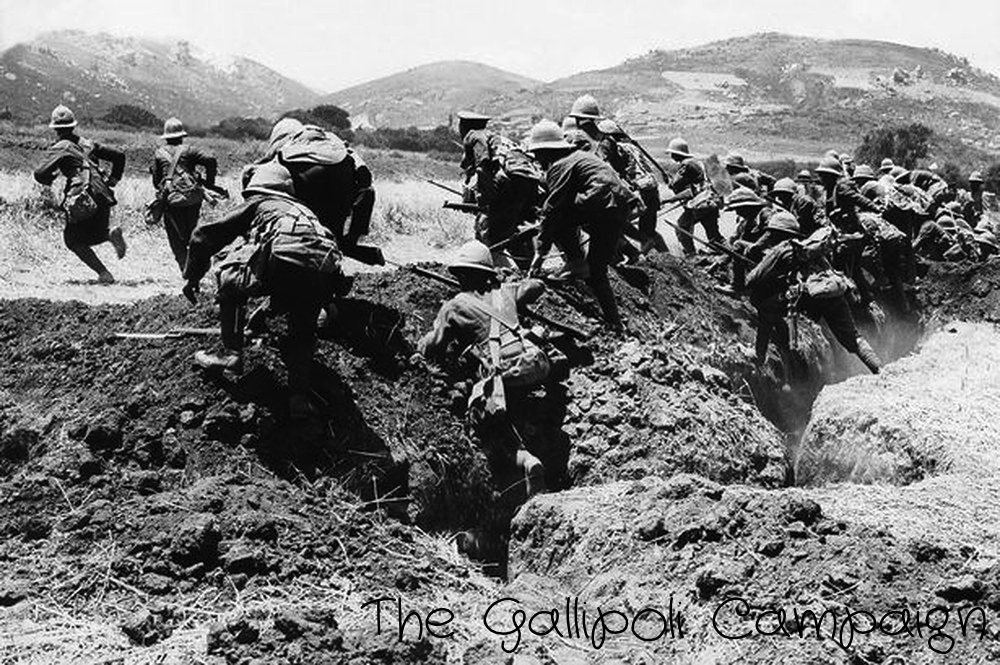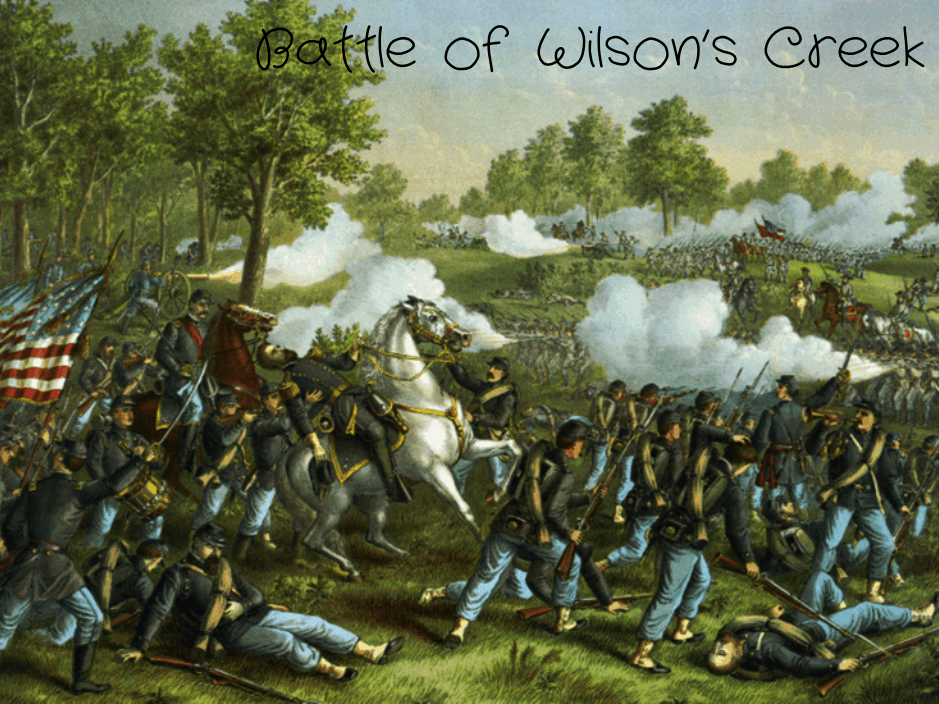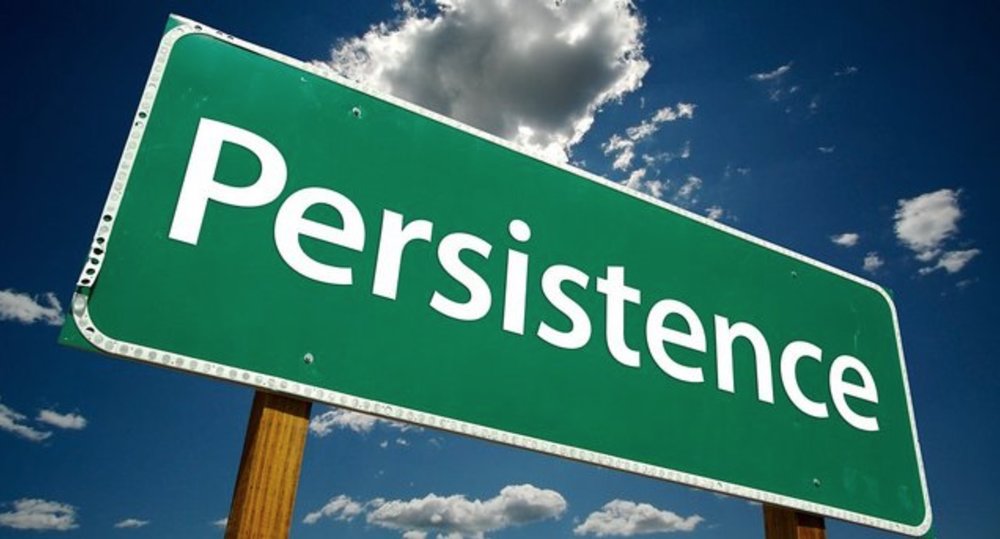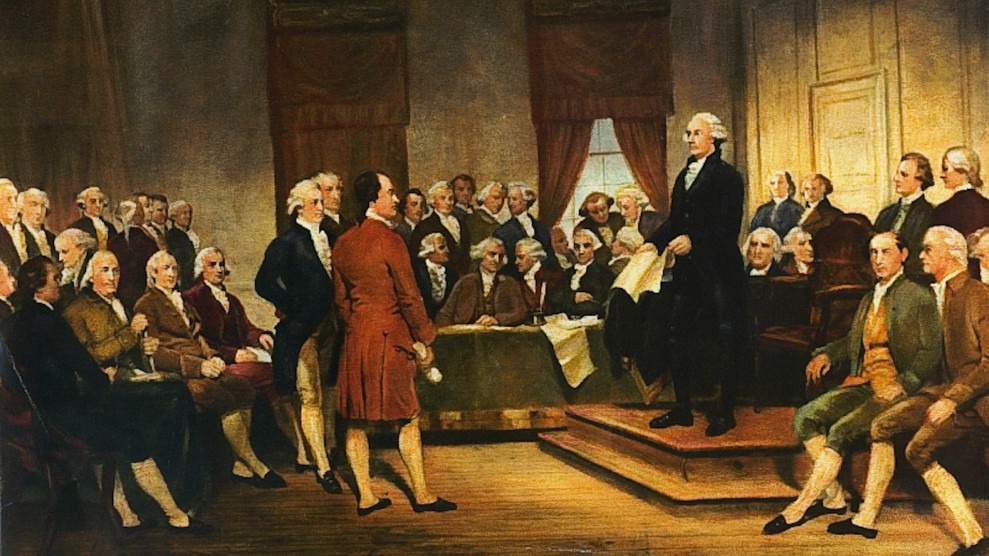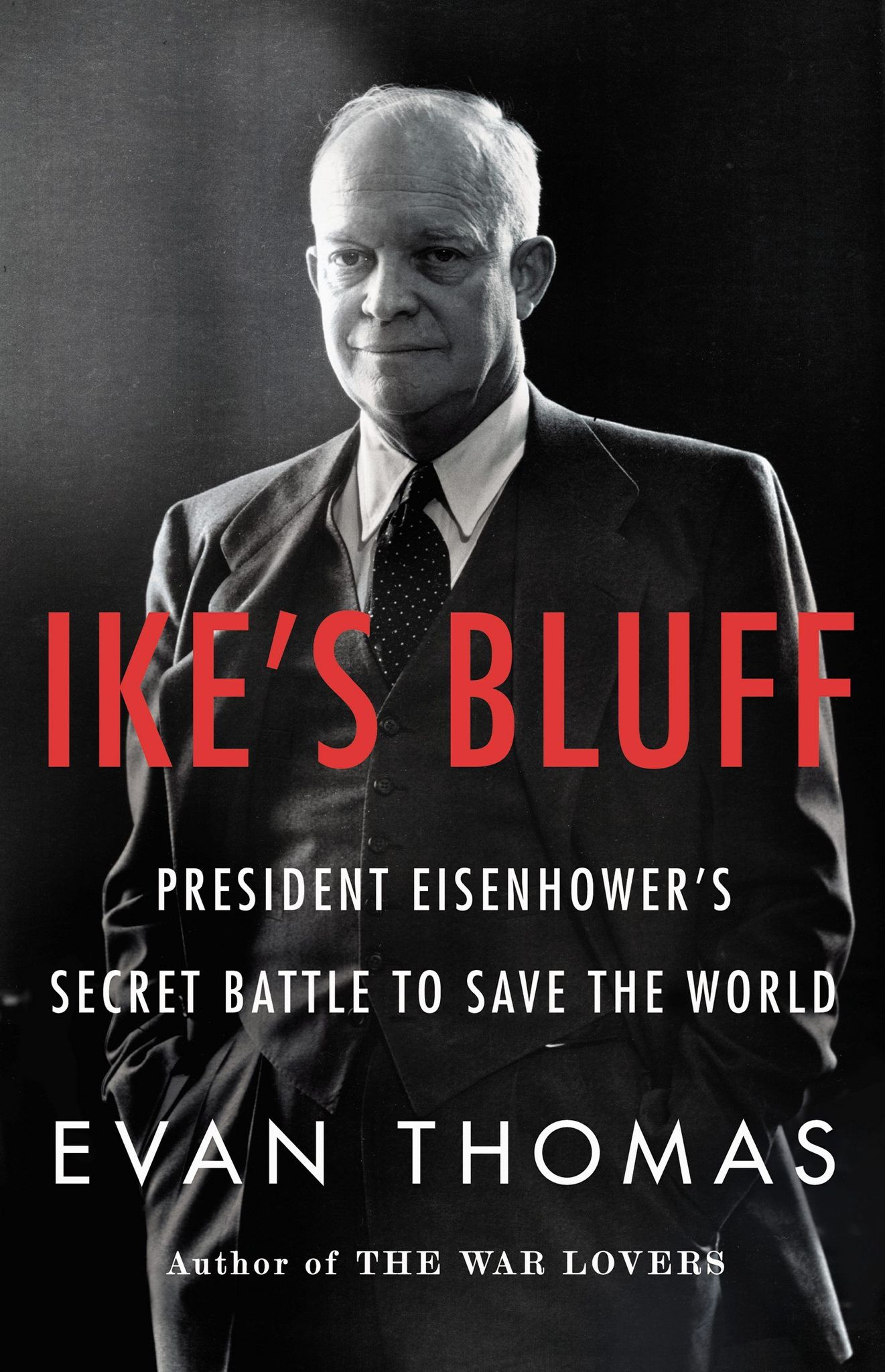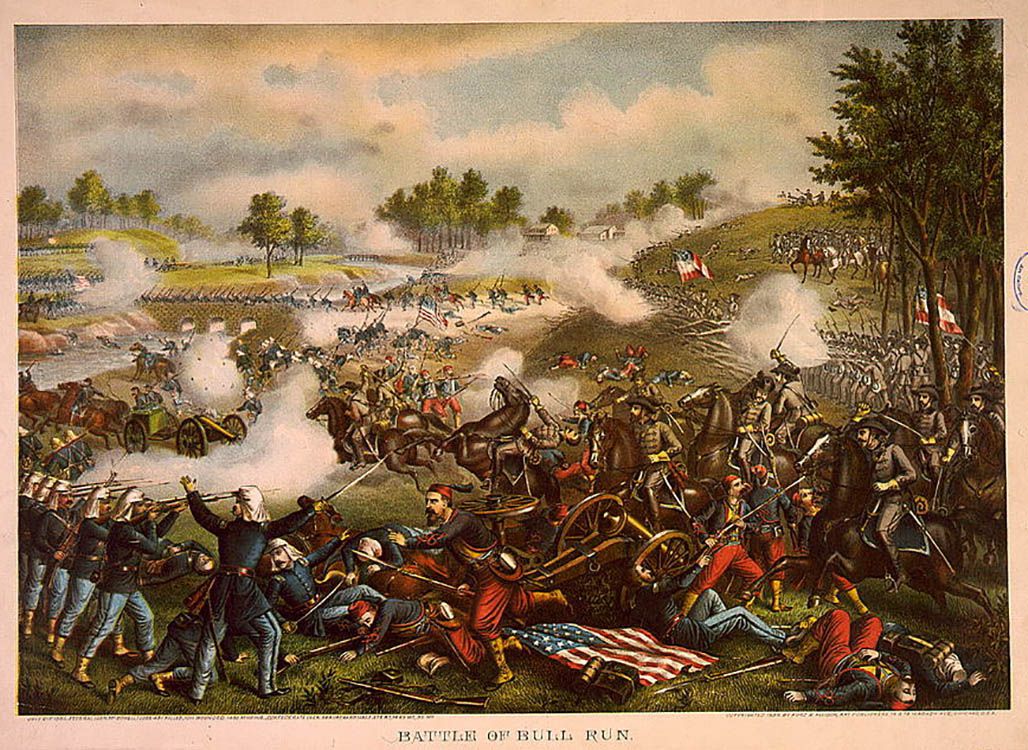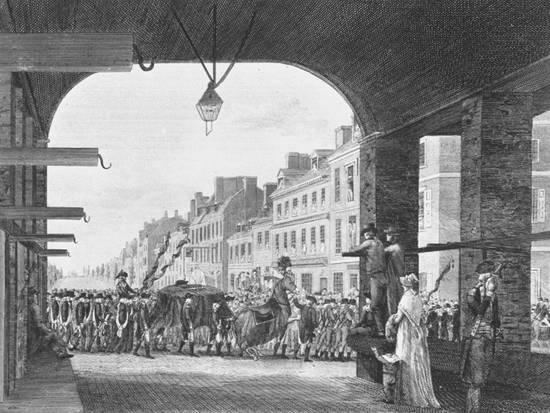The Gallipoli Campaign
The Gallipoli Campaign The Gallipoli Campaign started as one might expect a new campaign to start, with the British First Lord of the Admiralty,… Read More »The Gallipoli Campaign
The Gallipoli Campaign The Gallipoli Campaign started as one might expect a new campaign to start, with the British First Lord of the Admiralty,… Read More »The Gallipoli Campaign
The Battle of Wilson’s Creek The first battle to take place to the west of the Mississippi was the battle at Wilson’s Creek in Missouri… Read More »The Battle of Wilson’s Creek
USA Trivia Answer #74 Who said: “When you open your heart to patriotism, there is no room for prejudice.” Answer: 45th President, Donald Trump… Read More »USA Trivia Answer #74
The Victory Garden The Secret Garden for adults. That is exactly what The Victory Garden feels like. Set during WWI, The Victory Garden is… Read More »The Victory Garden
USA Trivia Question #78 Who said: “For every obstacle there is a solution. Persistence is the key. The greatest mistake is giving up!” Why… Read More »USA Trivia Question #78
USA Trivia Answer #73 What year was the Constitution of the United States signed? Answer: The Constitution of the United States was signed… Read More »USA Trivia Answer #73
Ike’s Bluff Many people believed that despite his time serving as Supreme Allied Commander of the Allied Expeditionary Troops in Europe and later… Read More »Ike’s Bluff
The Battle of Neuve-Chapelle The first major battle of 1915, the battle of Neuve-Chapelle was fought from March 10-13 between the British (with the Canadians… Read More »The Battle of Neuve-Chapelle
1st Battle of Bull Run On July 21, 1861 one of the biggest and best known battle of the Civil War began, the 1st Battle… Read More »1st Battle of Bull Run
USA Trivia Question #77 Two presidents died on the same day of the same year. Who were they? BONUS: What was the holiday? … Read More »USA Trivia Question #77
